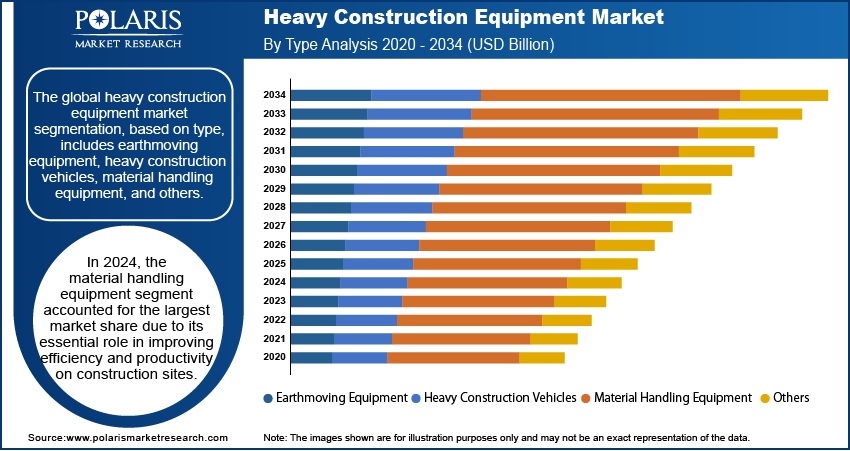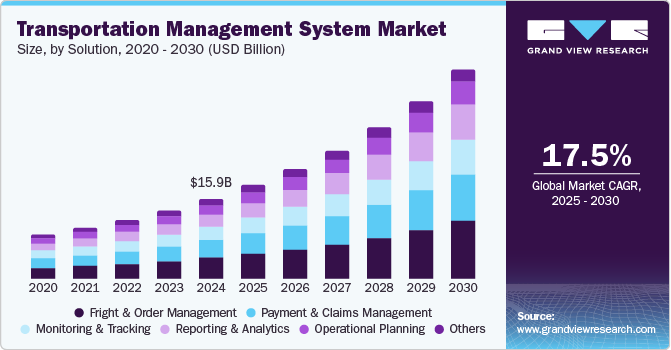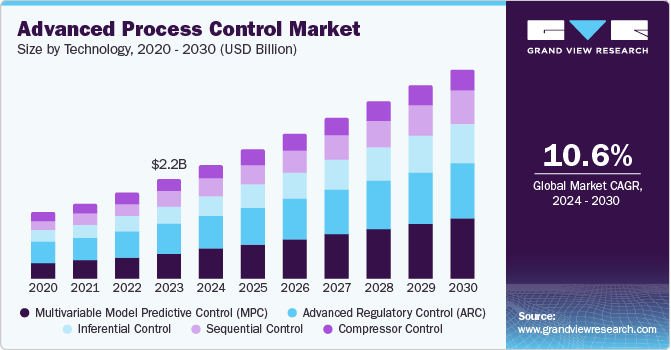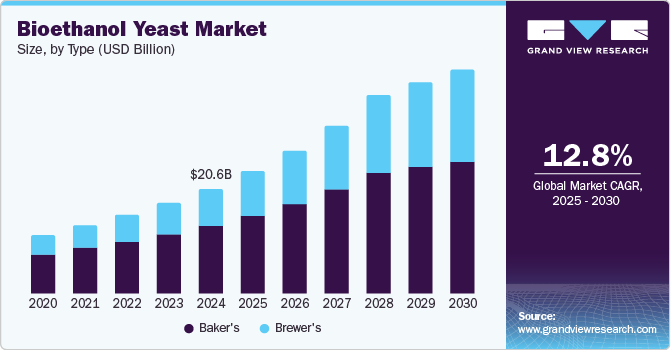Heavy Construction Equipment market to hit USD 344.05 billion by 2034, with a CAGR of 5.0%.

The global heavy construction equipment market was valued at USD 211.82 billion in 2024 and is projected to grow from USD 222.16 billion in 2025 to USD 344.05 billion by 2034, reflecting a compound annual growth rate (CAGR) of 5.0% during the forecast period from 2025 to 2034.
Heavy Construction Equipment Market
Trends & Insights (4 Key Points):
- Automation & Smart Technology Integration: The market is witnessing a shift toward the adoption of autonomous and semi-autonomous equipment, IoT-based monitoring systems, and advanced telematics to enhance operational efficiency and reduce labor dependency.
- Sustainable & Electric Machinery: Rising environmental regulations and sustainability goals are driving the demand for electric and hybrid heavy construction equipment, promoting cleaner alternatives to diesel-powered machinery.
- Urbanization & Infrastructure Expansion: Accelerated urban development, smart city projects, and large-scale infrastructure initiatives—especially in emerging economies—are significantly boosting equipment demand.
- Rental Market Growth: The increasing popularity of equipment leasing and rental services offers flexibility and cost savings to contractors, making it a preferred option, particularly for small and mid-sized projects.
Market Size & Forecast
- Market Size Value in 2025: USD 222.16 billion
- Revenue Forecast by 2034: USD 344.05 billion
- CAGR (2025–2034): 5.0%
𝐆𝐞𝐭 𝐄𝐱𝐜𝐥𝐮𝐬𝐢𝐯𝐞 𝐒𝐚𝐦𝐩𝐥𝐞 𝐏𝐚𝐠𝐞𝐬 𝐨𝐟 𝐓𝐡𝐢𝐬 𝐑𝐞𝐩𝐨𝐫𝐭:
Market Overview
The heavy construction equipment market is undergoing transformative growth, spurred by rising infrastructure development, advancements in machinery technology, and global emphasis on sustainable construction practices. Governments and private sectors across the globe are investing heavily in large-scale public works, including transportation networks, energy infrastructure, and commercial real estate. These factors are generating robust demand for heavy-duty equipment such as excavators, loaders, bulldozers, and cranes.
Moreover, technological innovations like GPS tracking, predictive maintenance, and AI-driven control systems are enhancing productivity, reducing operational costs, and ensuring worker safety. As construction projects become more complex, the need for versatile, efficient, and environment-friendly machinery is driving continuous innovation and reshaping the competitive landscape of the industry.






